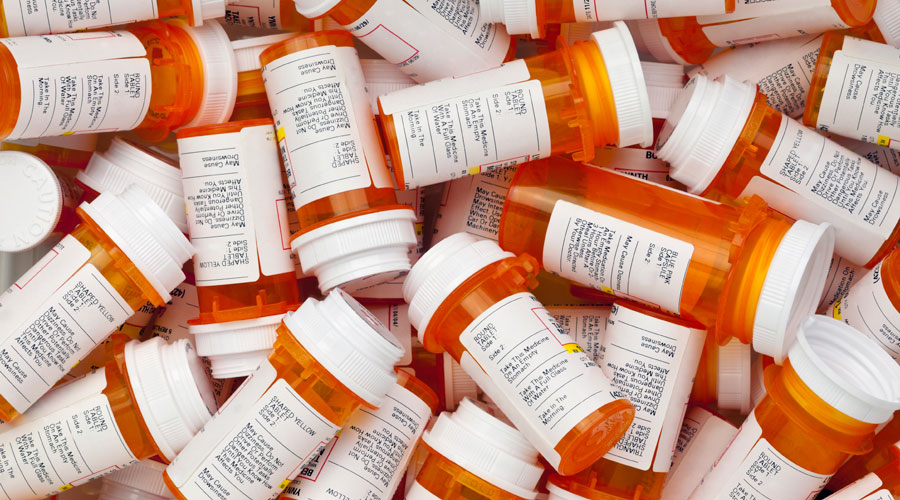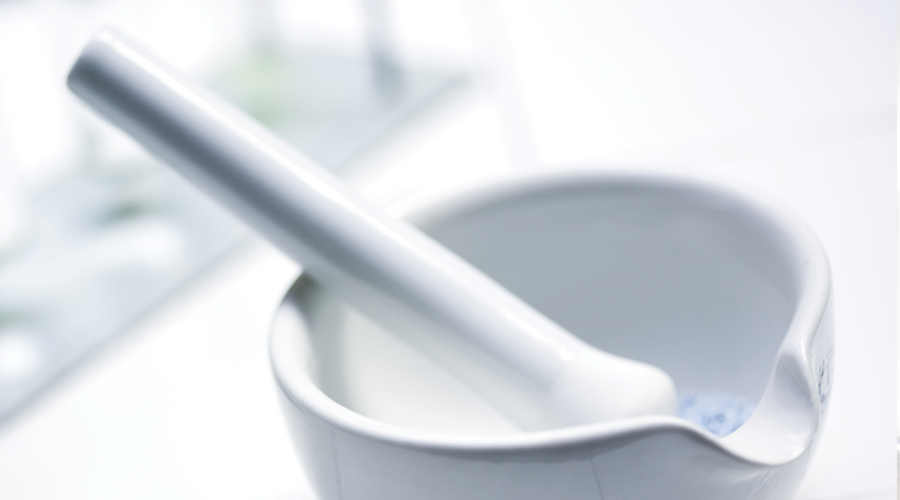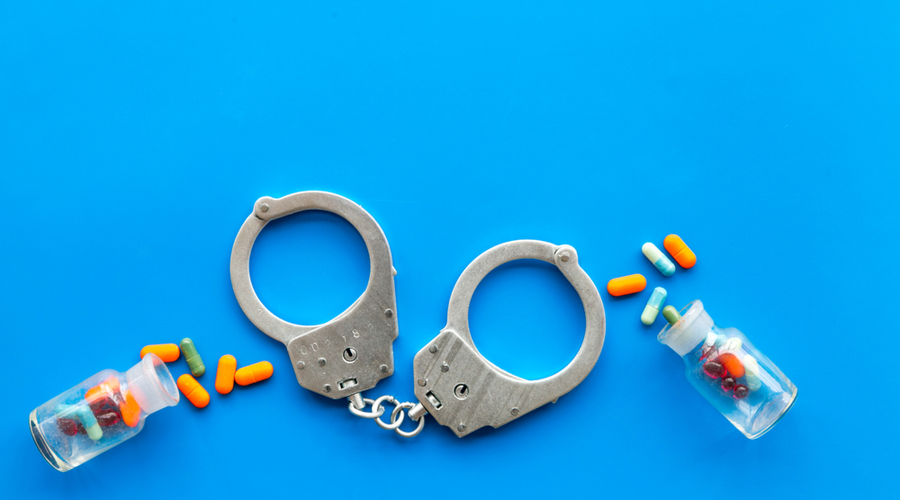The Centers for Disease Control and Prevention (CDC) have classified prescription drug abuse as a national epidemic due to the staggering amount of abuse in recent years.
Since 2000, the rate of deaths from drug overdoses has increased 137 percent, including a 200 percent increase in the rate of overdose deaths involving opioids, according to a January 2016 report from the CDC.
Health care professionals play a vital role in preventing prescription drug abuse because of their close relationships with patients. More than 80 percent of Americans had contact with a health care professional in the past year, according to the National Institute of Drug Abuse (NIDA). And, pharmacists may see patients even more often than other health care professionals.
As the gatekeepers for prescription drug access, independent community pharmacies play a big part in combatting prescription drug abuse. Here are five ways you can help prevent prescription drug abuse.
1. Look for red flags
Watch out for potential indicators of prescription drug misuse or abuse. Exercise sound professional judgment by looking for potential “red flags” of drug abuse.
These “red flags” can include:
Early refills
Notice when patients request refills earlier than their prescription is due.
Indication of forgery
Look for signs of fake prescriptions, such as misused abbreviations, misspelled medication names or a photocopied prescription.
Payments in cash
Patients who insist on paying for their prescriptions in cash should be given further scrutiny.
Long distance
Watch for prescriptions from a long distance or out-of-state provider.
Scope of practice
Look for prescriptions written to treat a condition that’s not a doctor’s known specialty.
Antagonistic drugs
Watch for prescriptions written for antagonistic drugs, such as prescriptions for both a depressant and a stimulant simultaneously.
2. Verify prescription information
You fill prescriptions daily, and part of responsibly filling prescriptions is to check the validity of prescriptions and to verify physicians’ licenses in your state.
When verifying prescription information, pay attention to:
- Name of the drug prescribed
- Date the prescription was issued
- Number of refills the physician approved
- Amount and dosage of the drug prescribed
- License and credentials of the prescribing practitioner
3. Recognize the signs of addiction
Look out for suspicious behavior and know the signs of addiction, so you can identify and help prevent drug abuse. As an independent community pharmacist, you get to know your patients on a more personal level, which makes you well suited to recognize the signs of addiction.
Signs of addiction include:
- Weight loss or gain
- Deterioration of physical appearance
- Physical tremors
- Slurred speech
- Mood swings, such as irritability, hyperactivity or lethargy
4. Work with organizations fighting the epidemic
Communicate with law enforcement agencies, other pharmacies and advocacy organizations aimed at preventing and helping those struggling from addiction to help fight prescription drug abuse.
Collaborate with organizations, such as the Drug Enforcement Administration (DEA), the National Institute on Drug Abuse (NIDA), and local programs like D.A.R.E., to help reduce prescription drug abuse in your community.
5. Communicate and educate your patients
Patients who are struggling with addiction may feel comfortable coming to you as a source of assistance.
Provide information and promote education to help prevent the abuse of prescription drugs, and help those in need of treatment.
The NIDA provides a comprehensive list of online resources and programs for individuals struggling with addiction. Refer your patients to resources, such as these, to help them overcome a prescription drug problem.
Fight this national problem in your pharmacy with these tips for talking to your patients about prescription drug abuse.
A Member-Owned Company Serving Independent Pharmacies
PBA Health is dedicated to helping independent pharmacies reach their full potential on the buy-side of their business. Founded and owned by pharmacists, PBA Health serves independent pharmacies with group purchasing services, wholesaler contract negotiations, proprietary purchasing tools, and more.
An HDA member, PBA Health operates its own NABP-accredited secondary wholesaler with more than 6,000 SKUs, including brands, generics, narcotics CII-CV, cold-storage products, and over-the-counter (OTC) products — offering the lowest prices in the secondary market.












